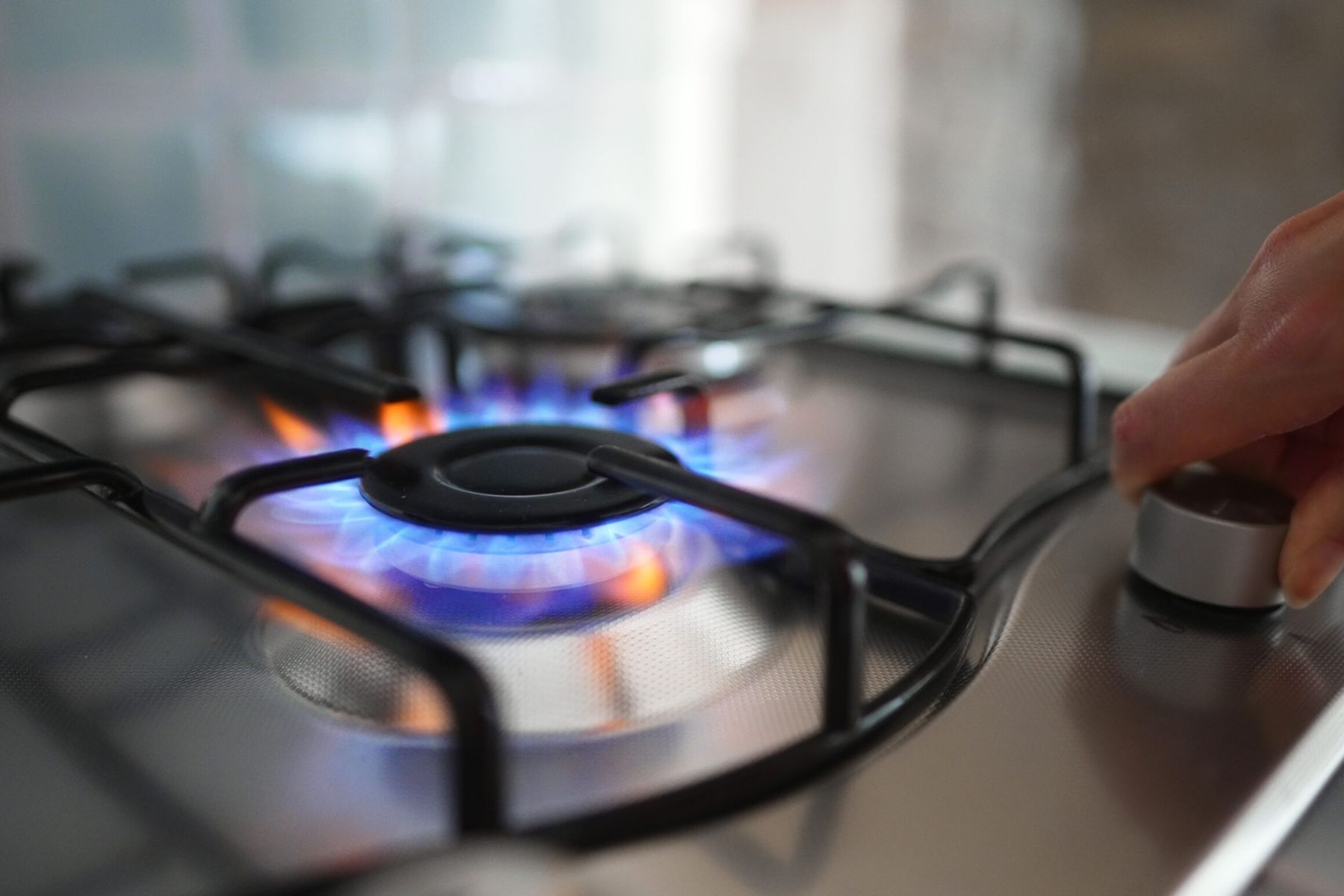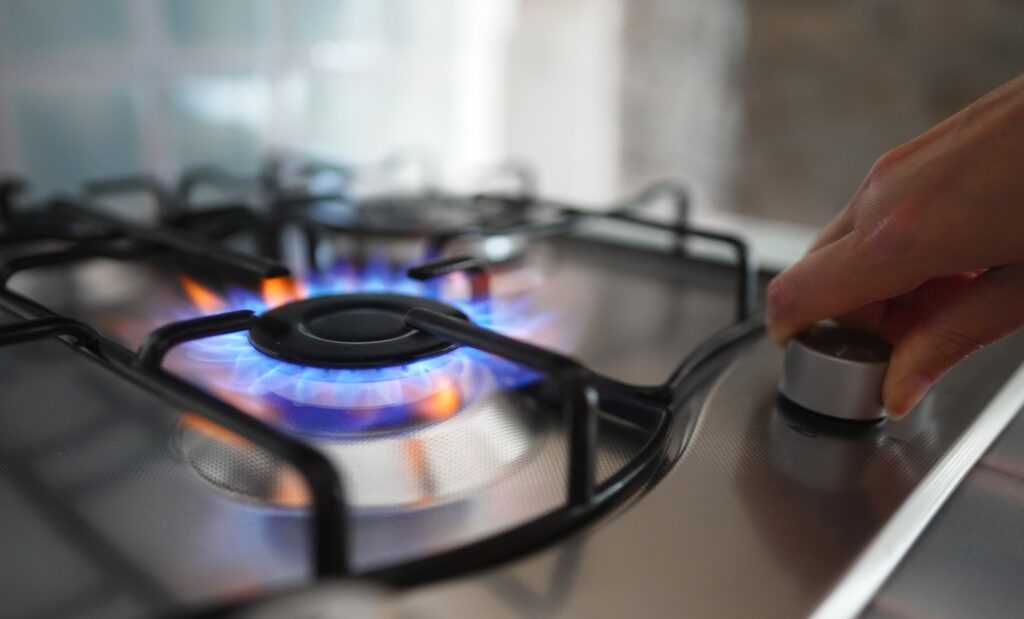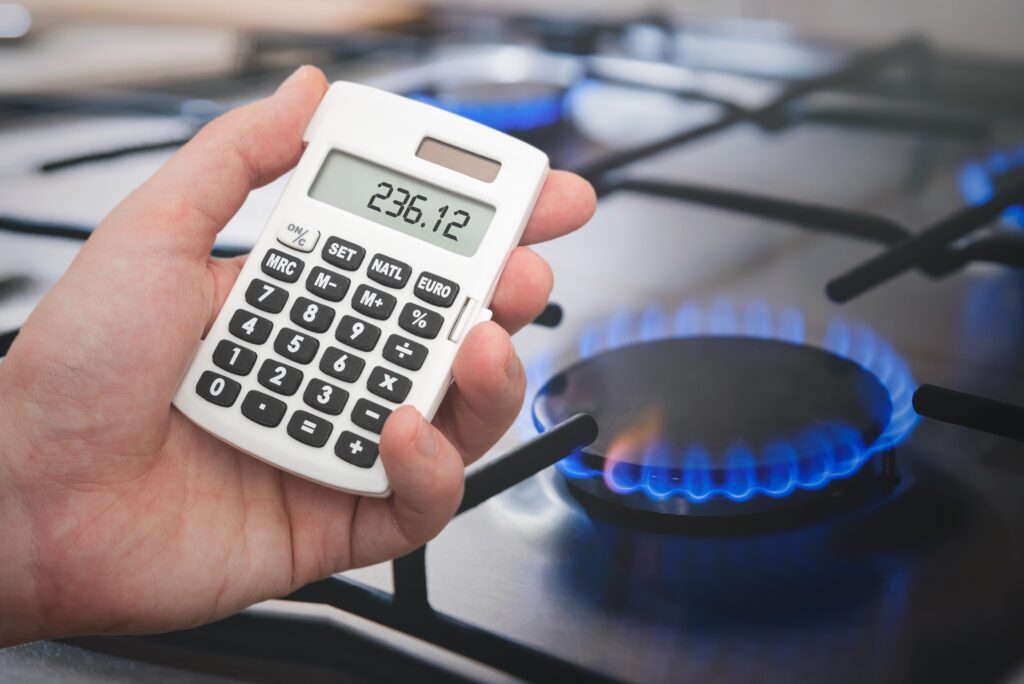

Homeowners often consider propane gas as an energy source due to its versatility, efficiency, and clean-burning properties. This fuel can power various household appliances and systems effectively. However, a common question arises: “What quantity of propane gas is necessary to meet my household’s energy needs?”
This comprehensive guide aims to address this question by examining the factors that influence propane consumption and providing methods to estimate your home’s specific propane requirements. Understanding these elements will help you make informed decisions about incorporating propane into your home energy strategy.

Propane precision: Calculating the fuel that fits your home’s needs.
Before we dive into specific calculations, it’s essential to understand that propane gas consumption varies widely from one household to another. Several factors affect how much propane your home will use:
Let’s explore each of these factors in more detail to help you get a clearer picture of your potential propane gas requirements.
The size of your home plays a significant role in determining how much propane you’ll need, especially for heating. Larger homes generally require more energy to heat and cool. However, the quality of your home’s insulation is equally important. A well-insulated home will retain heat better, reducing the amount of propane needed to maintain a comfortable temperature.
Unfortunately, many homes in the United States are not adequately insulated. According to a recent report, a staggering 90% of U.S. homes are under-insulated, leading to significant energy waste and higher heating and cooling costs. This widespread issue highlights the importance of assessing and upgrading your home’s insulation to improve energy efficiency and reduce propane consumption.
Connecticut homeowners face a unique challenge: a climate that swings from bone-chilling winters to sweltering summers. This weather rollercoaster makes proper insulation not just a comfort issue, but a critical defense against unpredictable energy costs.
As noted earlier, Connecticut’s climate, characterized by cold winters and mild summers, will impact your propane usage. During the winter months, you’ll likely see a spike in propane consumption as your heating system works harder to keep your home warm. In contrast, summer months may see lower propane use, mainly if you rely on propane for heating and hot water.
It’s worth noting that unusually severe winters or extended cold spells can lead to higher-than-average propane consumption. Keep this in mind when planning your propane supply. Given these seasonal fluctuations, it’s advisable to explore contractual pricing or evaluate various pricing options with your propane supplier to potentially stabilize your costs throughout the year.
The more propane-powered appliances you have, the more propane gas you’ll consume. Common household appliances that may use propane include:
Each of these appliances has different propane consumption rates. For example, a propane furnace will typically use more fuel than a propane stove or clothes dryer.
Your family’s lifestyle and preferences significantly impact propane consumption. For instance:
These personal habits and preferences can cause substantial variations in propane usage, even between similarly sized homes with the same number of appliances.
The efficiency of your propane-powered appliances plays a crucial role in determining your overall propane consumption. Newer, high-efficiency appliances use less propane to perform the same tasks as older, less efficient models. If you’re using older appliances, upgrading to more efficient models can significantly reduce your propane usage.
Now that we’ve covered the factors affecting propane consumption let’s look at some general estimates for common propane-powered appliances. Keep in mind that these are averages, and your actual usage may vary:
To get a rough estimate of your total annual propane needs, you can add up the expected usage for each of your propane appliances. For a home with propane heating, hot water, cooking, and occasional fireplace use, the total might range from 800 to 1,500 gallons per year.

Cracking the propane code: Tailoring your fuel supply to your home’s unique demands.
It’s crucial to remember that propane usage varies significantly from home to home due to numerous factors such as insulation, climate, and individual usage patterns. While the following method can provide a rough estimate, it’s always best to consult with a professional for an accurate assessment tailored to your specific situation. That being said, if you want to get a general idea of your propane usage for individual appliances, here’s a method you can use:
For example, if you have a 100,000 BTU furnace that runs for 5 hours a day:
(100,000 x 5) ÷ 91,547 = 5.46 gallons of propane per day
Multiply this by the number of days in the heating season to get your seasonal usage for furnace heating.
Understanding how much propane you use can help you determine the right size propane tank for your home and how often you’ll need to refill it. Common residential propane tank sizes include:
As a rule of thumb, it’s best to refill your tank when it reaches 20% capacity. This measure ensures you have a buffer and don’t risk running out of propane during peak usage times or in case of delivery delays.
If you’re looking to reduce your propane usage and save money, consider these tips:
To get the most accurate picture of your propane consumption, start tracking your usage. Keep a log of when you refill your tank and how much propane you add each time. Over the course of a year, this recording will give you a clear picture of your household’s propane needs and how they fluctuate with the seasons.
Many modern propane systems also come with monitoring devices that can give you real-time data on your propane levels and usage. Ask your fuel partner about these options and if you already have a monitoring device, consider innovative upgrades. These can be incredibly helpful in managing your propane supply and anticipating when you’ll need a refill.
While propane is a safe and efficient fuel source, it’s crucial to handle it properly. Always ensure your propane system is installed and maintained by certified professionals. Install propane detectors in your home, and make sure everyone in your household knows what to do if they smell gas.
Understanding and managing your propane gas needs can be complex, but you don’t have to navigate it alone. Valiant Energy Solutions, your local Connecticut energy expert, is here to help.
Whether you’re new to propane or looking to optimize your existing setup, our team is ready to provide the expertise and support you need. Contact us today to learn more about how we can help you manage your propane gas needs efficiently and effectively.